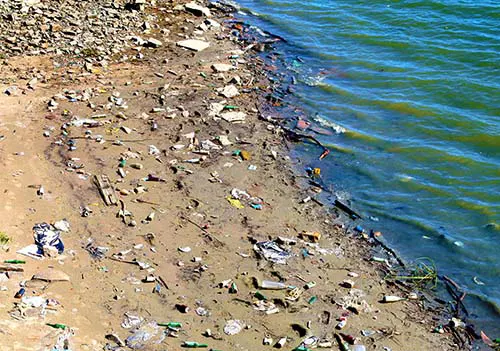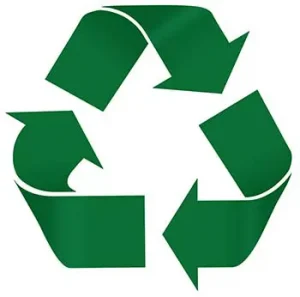The Truth About Plastic

The truth is, plastic is convenient right? Plastic is lightweight, durable and non-porous, which are all great characteristic for packaging. Unfortunately, the drawbacks for plastic are so overwhelming that they outweigh these great benefits.
Plastic Is Not Doing the Environment Any Favors
While some plastic is made from natural gas, much of the plastic we use is made from petroleum which is a fossil fuel, so it is in limited supply. It’s irresponsible to waste our petroleum resources on some of the more unnecessary plastics, like single-use plastic bags or other items that have durable alternatives. This wastefulness is even more compounded by low recycling rates.
Recycling rates vary from one type of plastic to another. For instance thin, film-like plastics have a low recycling rate of about 11 percent while plastic bottles have a somewhat higher recycling rate of about 30 percent. If recycling rates were higher, new plastic items would be generated from existing plastic, so there would be less petroleum used to generate new items.
 Recycling rates have been on the climb in recent years, but there is still a lot of progress to be made. Since plastic is not being recycled, it is more likely to end up in landfills or as litter. Plastic is not biodegradable, so that means it does not safely break apart into the elements it is comprised of and reabsorb back into the earth.
Recycling rates have been on the climb in recent years, but there is still a lot of progress to be made. Since plastic is not being recycled, it is more likely to end up in landfills or as litter. Plastic is not biodegradable, so that means it does not safely break apart into the elements it is comprised of and reabsorb back into the earth.
When exposed to the elements for a long enough period of time plastic becomes brittle and is subject to photo degradation, or rather it breaks apart into smaller pieces of plastic. These smaller pieces are still plastic, just smaller.
Given more time and exposure these plastic pieces will continue to break apart into smaller and smaller pieces until eventually they are pellet size. These tiny plastic pieces are difficult to clean up and it is so incredibly easy for animals to accidentally eat these plastic fragments.
At this point in time there have been confirmed instances of plastic entering the food chain, but there has been no long term research into the impact of this phenomenon. It is unknown what the exact ramifications of plastic entering the food chain are. However, logic dictates the impact will harmful.
Plastic Cannot Be Made without Phthalates
Phthalates are a class of chemicals used in plastics that when inhaled, ingested, or absorbed into the skin may disrupt the body’s hormones, causing reproductive health effects, as well as preterm birth and low birthweight, a worsening of allergy and asthma symptoms and several different types of birth defects.
What’s really alarming is that almost 100 percent of people tested were found to have some level of phthalates in their system. The major source of contamination is thought to be from plastic food and beverage packaging. To further complicate matters, current law does not require manufacturers to disclose whether or not products contain phthalates, so people are unable to protect themselves.
Time to Face the Reality of Plastic
Yes plastic is convenient and scientists are working to develop safer plastics. Still, when you weigh the pros and cons of plastic, the negative impacts overshadow the positive traits. Use of natural resources, low recycling rates and the hazardous, non-reversible health ramifications all add up to a dangerous material that does more harm than good.
